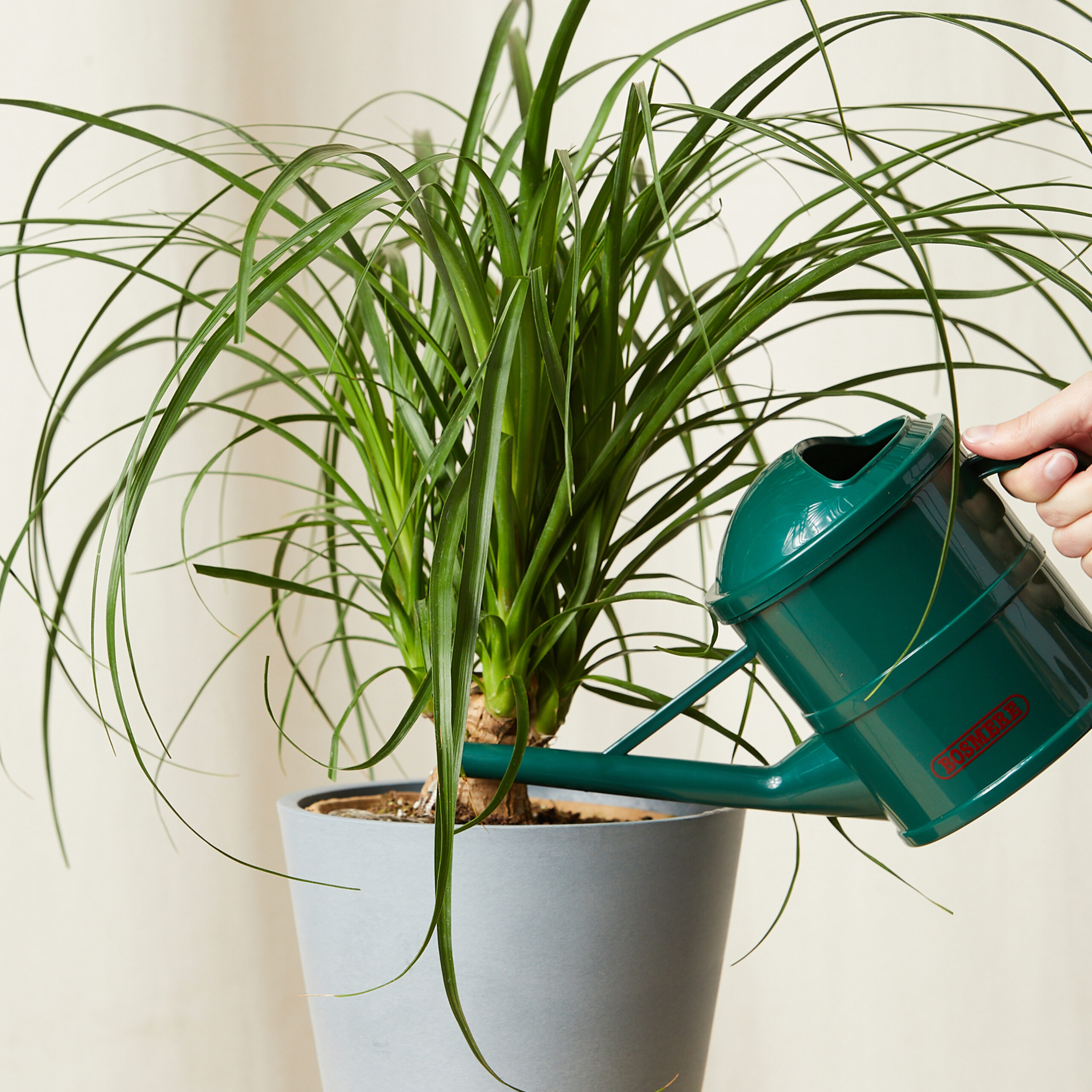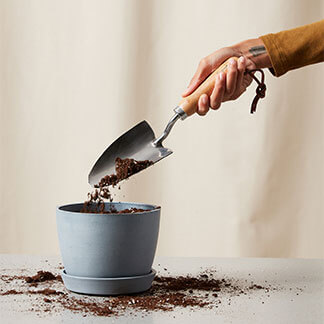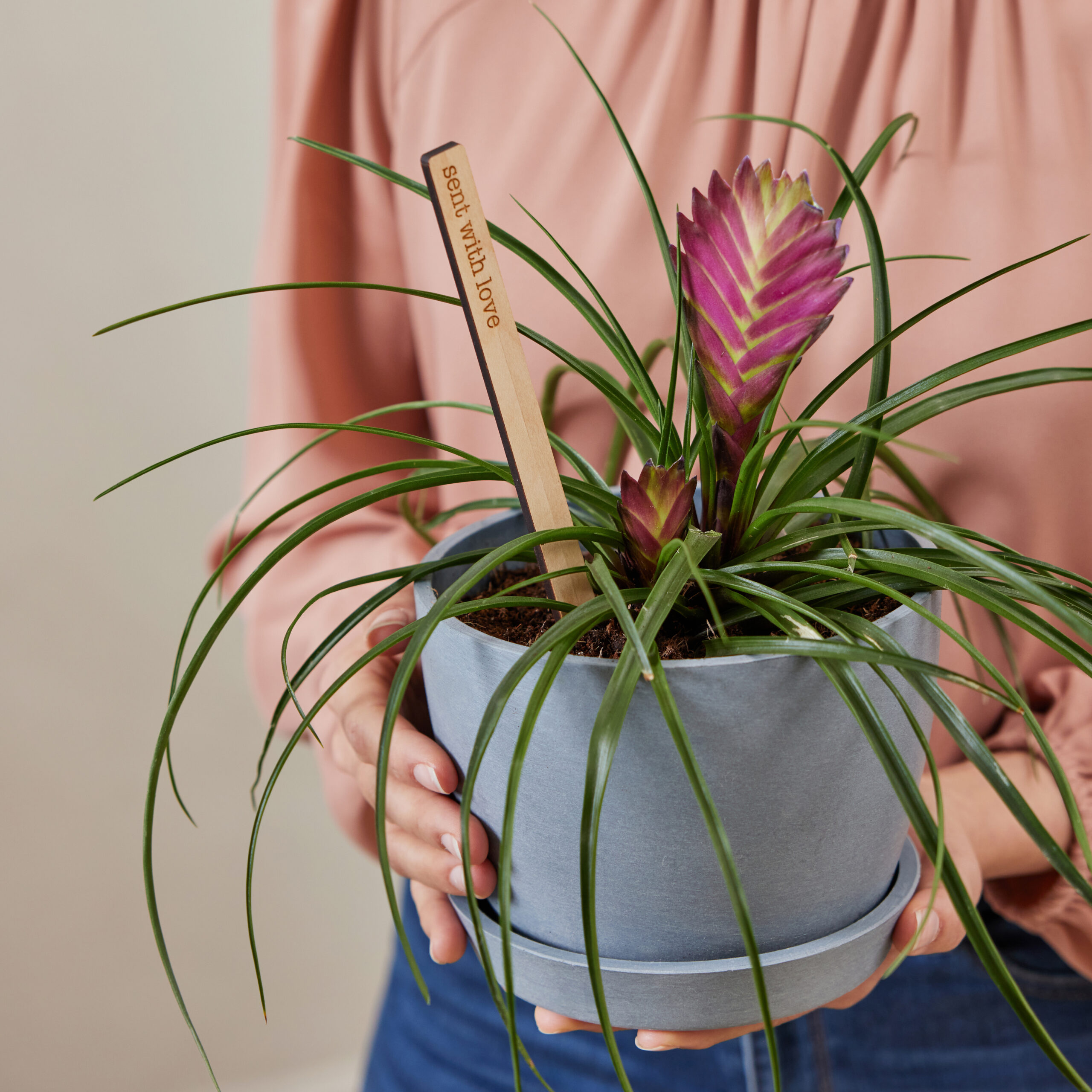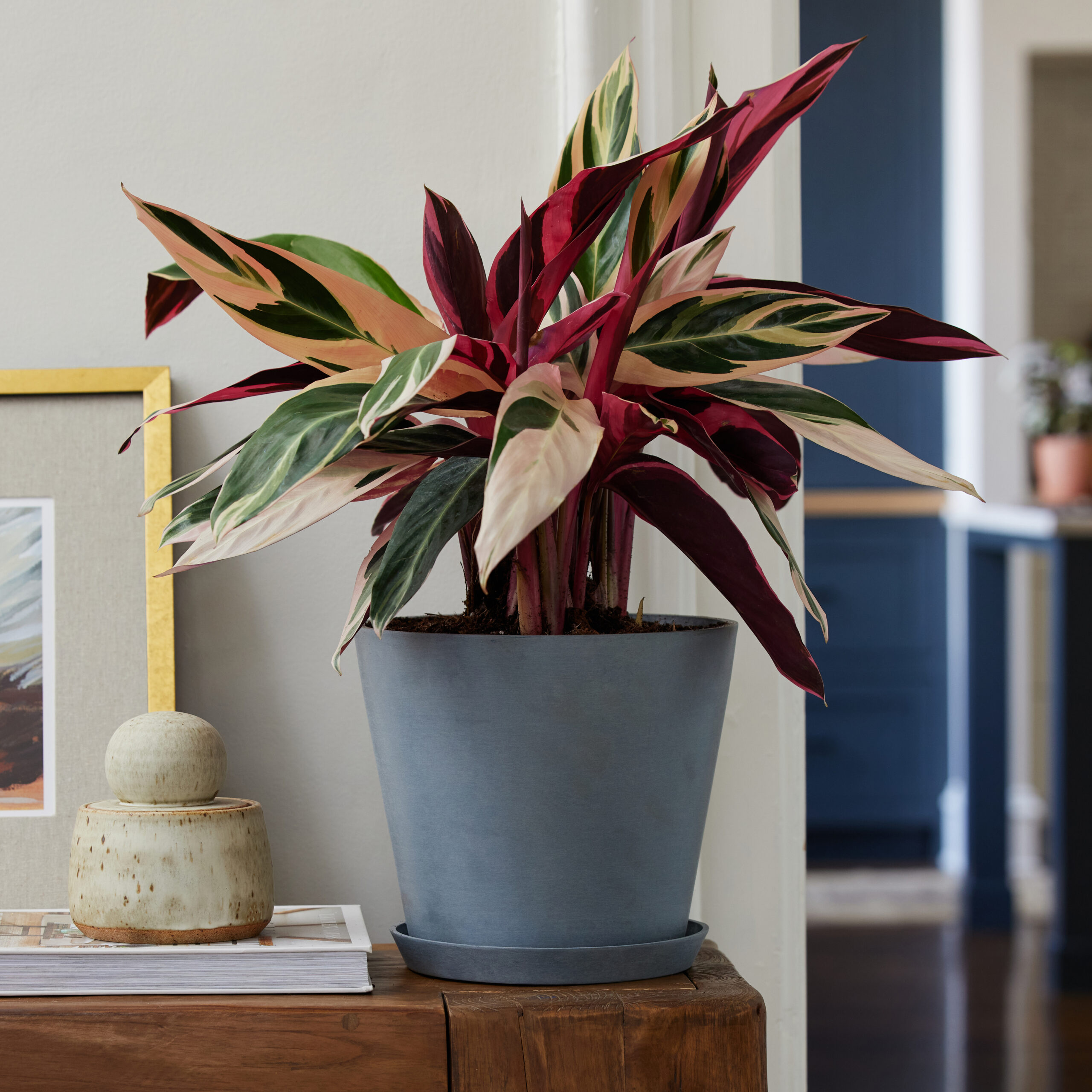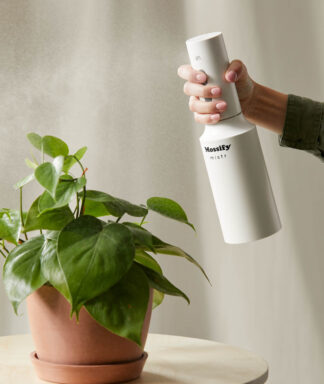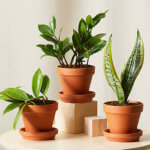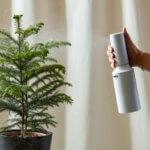Green Living
The Benefits Of A Living Christmas Tree
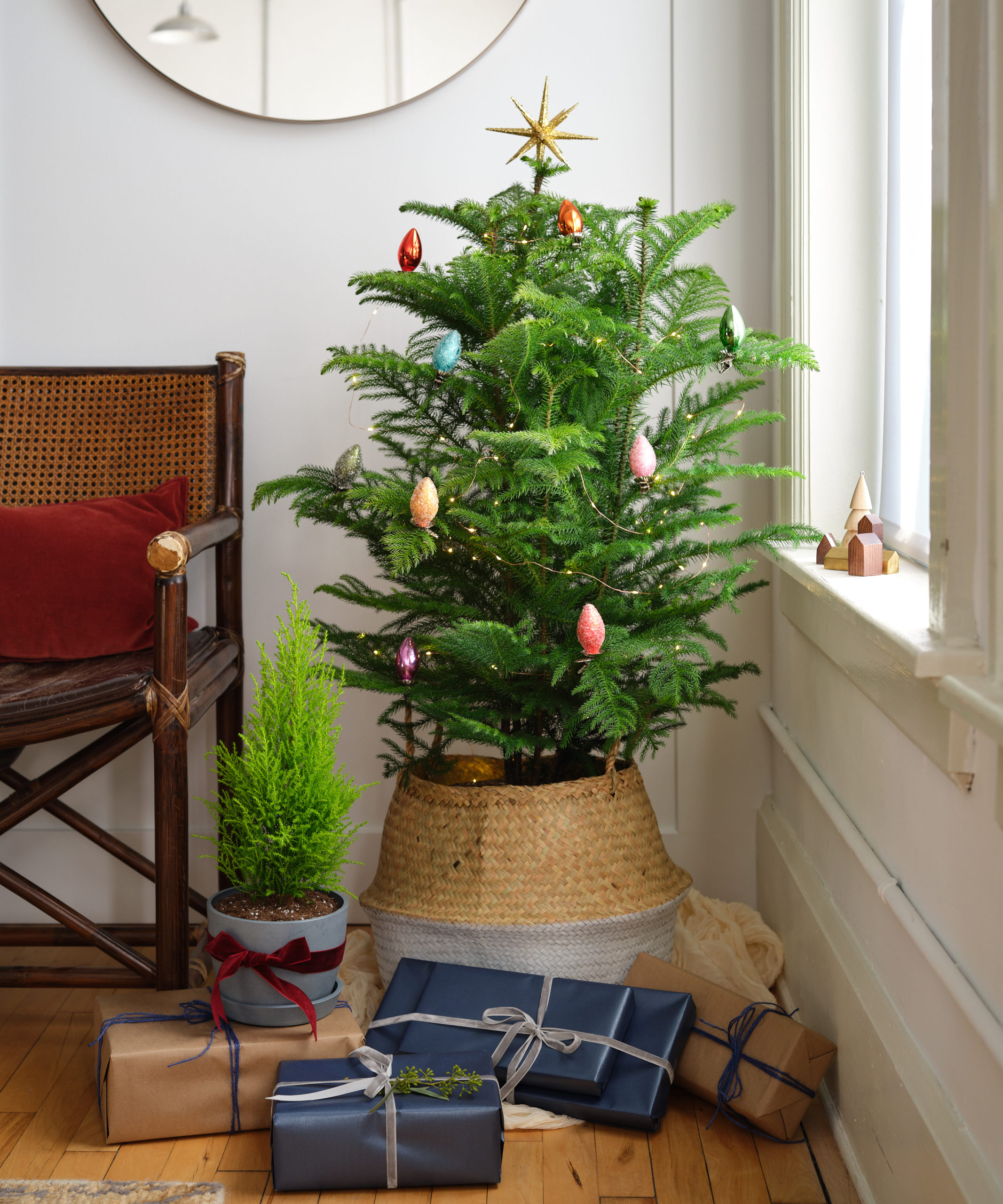
With Mariah Carey’s All I Want For Christmas Is You beginning to make its seasonal return to radio waves nationwide, it’s time to start thinking about Christmas trees.
Traditionally, about half of Americans who celebrate the holiday opt for artificial Christmas trees, with the other half preferring to chop down a real one themselves. But we’re here to inform you there’s a third Christmas tree option to rock around: a living Christmas tree!
At Bloomscape, we’re excited to ship festive Norfolk pines to holiday lovers across the country. Read on to learn more about this slow-growing plant, the benefits of opting for a living Christmas tree, and of course, how to care for it when temperatures rise and Ol’ Saint Nick is back at the North Pole.
Benefits Of A Living Christmas Tree

This year, instead of heading out and chopping down a tree, consider adopting a new living tree into the family. Living trees such as the Norfolk pine Christmas tree can be delivered right to your door with Bloomscape.
You can choose between a smaller Tabletop Norfolk Pine that will be about 18-24″ tall upon arrival, or you can start off with a larger Norfolk Pine Tree that is about 46-58″ tall upon arrival. Both options will grow to be about 7 feet tall or more in the right conditions.
Some of the main benefits of opting for a living Christmas tree instead of a cut or artificial Christmas tree are:
They’re better for the environment
Every year in the US, nearly 10 million artificial trees are purchased. Most are produced overseas and are not recyclable, giving them a large carbon footprint. This year, instead of going artificial, offer a home to a living tree to grow and thrive. This helps not only reduce your carbon footprint but also to improve your home’s air quality. Win-win.
They make less of a mess
Cut Christmas trees drop many needles over the holidays, drying out quickly thanks to heated indoor air. This can make quite the mess around your home as youngsters and pets drag the needles everywhere.
They can become a family tradition
When you purchase a Norfolk pine from Bloomscape, you will be able to watch it grow with your family. This is great for family photos and for adding one more family tradition to your Christmas fun. Whether you keep it indoors or let it grow outdoors, your Norfolk pine will be packed full of memories.
How To Care For Your Norfolk Pine
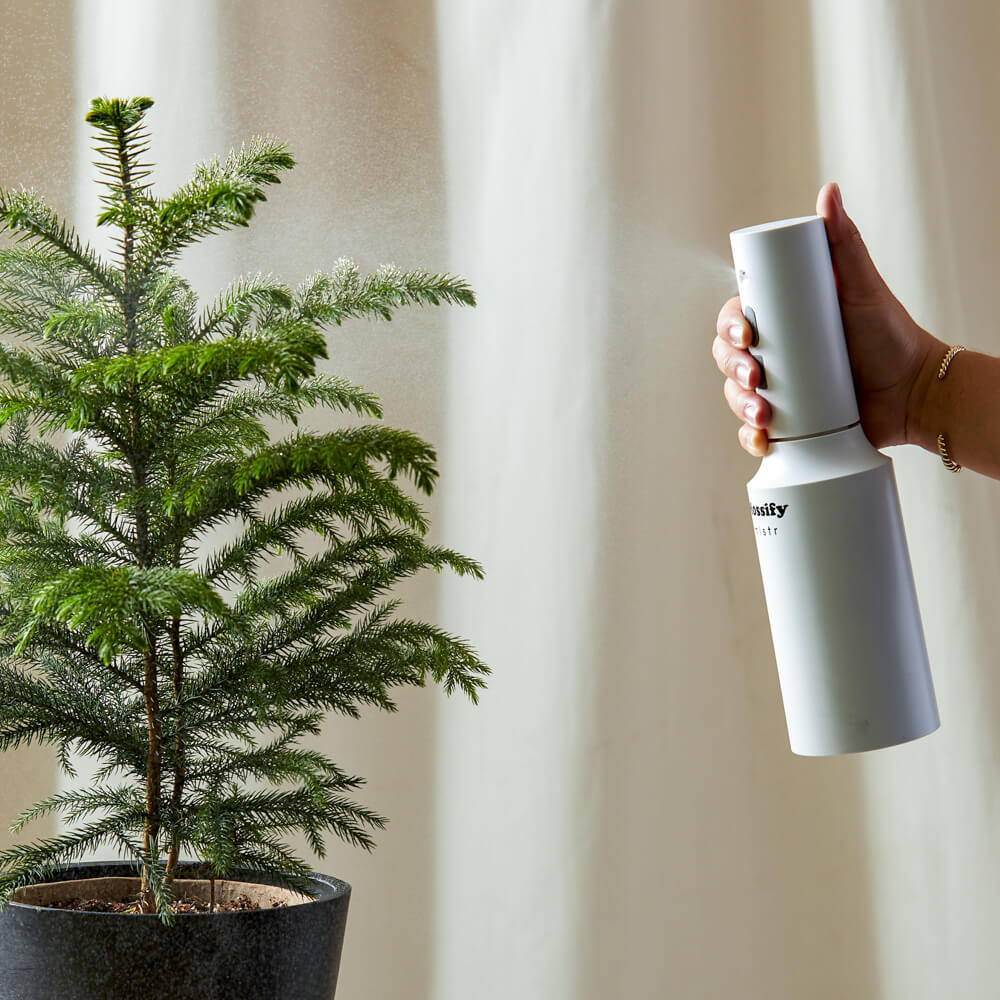
One of the most important things to know about your Norfolk Pike is that it is not really a pine tree at all—it’s actually a tropical tree that is native to the South Pacific. This makes it a great houseplant for the majority of North Americans. However, in certain regions, the Norfolk pine tree can even survive and thrive outdoors. Here are some care tips for how to care for a living Christmas tree indoors:
Placement & Climate
Select an area of your home that is bright and sunny. Since Norfolk pines originated from tropical climates, they tend to appreciate a little extra sunlight. They will prefer warmer temperatures between 65-85°F. While they certainly might appreciate a cozy fireplace burning nearby, don’t let the humidity around them drop too much. In fact, if possible, try and boost the amount of humidity the Norfolk pine receives during the winter. You can do this by using a pebble tray, placing a humidifier nearby, or placing it near a group of other plants.
If you notice that your Norfolk Pine Tree is limp and drooping then this might be a sign it is not receiving enough humidity and is too dry. You might try misting and deeply watering the tree to bring it back to life.
Watering
You will know when it’s time to water your Norfolk pine tree when about 25% of the soil volume in its pot is dry. Don’t let the soil completely dry out like some of your other houseplants might prefer. Water the tree until you notice water coming through the drainage holes at the bottom of the pot. You should then discard the extra water that accumulates in the saucer. You will notice if the Norfolk pine tree is too dry when the tips of the branches turn brown and crispy.
Planting Your Living Christmas Tree
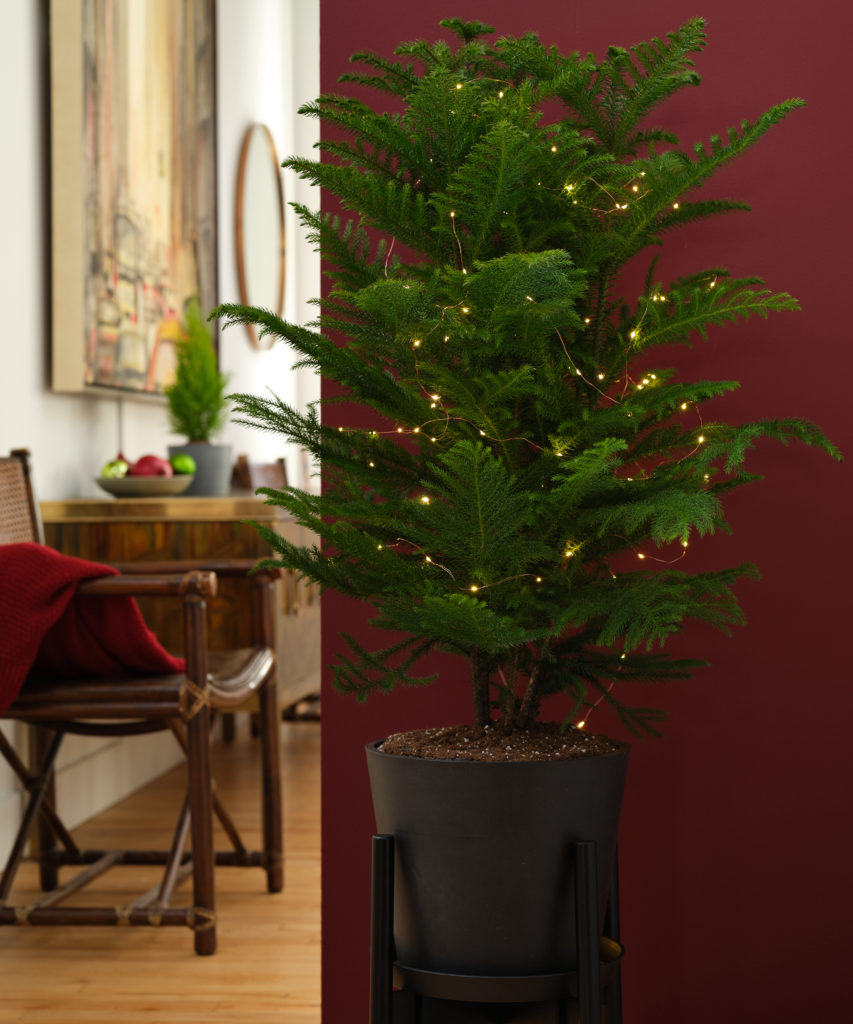
If you plan on planting your Norfolk Tree out in the garden after the holiday season has wrapped, here are some quick tips and essential information.
Since a Norfolk tree is not native to colder climates, like many pine trees, it might not survive outdoors. Since it does not have a great tolerance for the cold, we recommend only planting it outdoors if you live in USDA plant hardiness zones 10 or 11. Meaning the temperature rarely drops below 35-45°F in the winter. If you do live in one of these regions, find a place in the yard that is bright and receives lots of natural light.
If you live in a colder region, but would still prefer your Norfolk pine to stay outdoors during the summer, leave it in its pot rather than planting it in the ground. This way, you can take it back inside before Jack Frost creeps back into town next autumn.
Norfolk pines are awesome indoor plants as they improve the air quality and are visually stunning. Keep in mind they are mildly toxic to pets and can cause possible vomiting or stomach irritation if needles are consumed.
If you’re interested in adding a living Christmas tree to your home this December, you can’t go wrong with a Norfolk pine, large or small. Bloomscape’s plant delivery service will drop the tree off right at your door! Make sure to also check out Bloomscape’s Holiday Shop to find the perfect houseplant and houseplant care tools to gift loved ones this holiday season.


